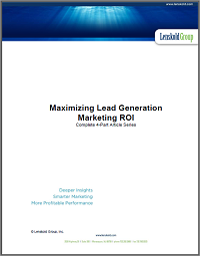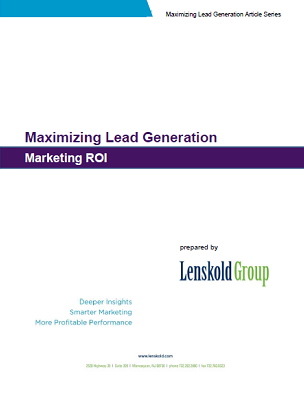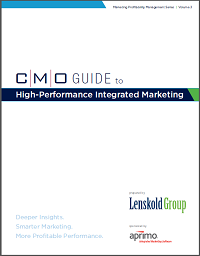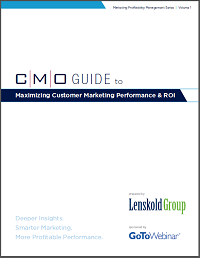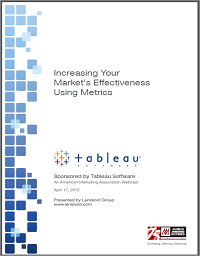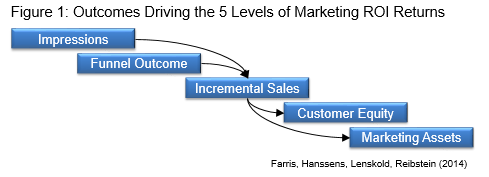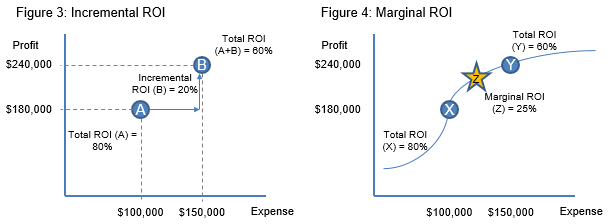Lenskold Article Series
by Jim Lenskold
CMO Guide to Marketing ROI
Marketing ROI and measurement analysis may be daunting subjects for many. Why, where, when and how marketing is driving financial contribution are valid questions. But, managing marketing profitability is top of mind for every Chief Marketing Officer. Most CMOs understand that a reliable and practical ROI process provides unique opportunity to catapult profit potential, improve efficiencies and effectiveness, and build credibility for the entire marketing team. And clearly the greatest path to increased effectiveness and delivering the greatest return is evident with marketing ROI measurements, financial analysis, and decision support.
The CMO Guide to Marketing ROI is a compelling 16-page editorial that breaks down the critical steps needed to establish a marketing ROI framework. It simplifies complex business issues and offers a practical, pro-active approach to create the culture and capabilities for managing and improving marketing ROI.
The white paper features compelling content, a case study with Kodak, and a practical quick-tip checklist. It also summarizes the marketing ROI framework with an easy to follow flow chart. The paper identifies the big wins with ROI analysis, measurements and applying insights to strategic decisions.
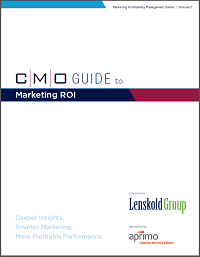
By submitting this form with the Subscribe button checked, you are granting: Lenskold Group, 601 Bangs Avenue, Suite 402, Asbury Park, New Jersey, 07712, United States, https://www.lenskold.com permission to email you. You may unsubscribe via the link found at the bottom of every email. (See our Email Privacy Policy for details.) Your e-mail will be kept private and only used for educational content from Lenskold Group as outlined in our Privacy Policy. By clicking on the link delivered via e-mail to download content, you consent to use of a cookie that will provide you access to all other content without completing the form again.



